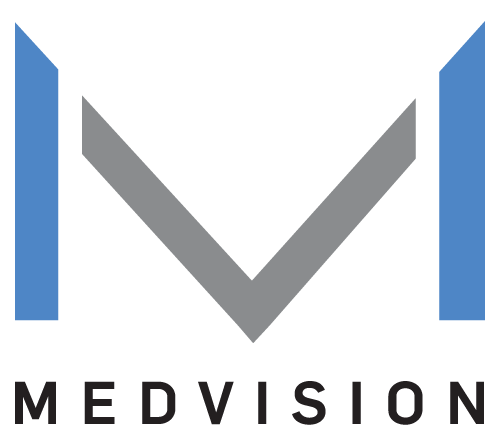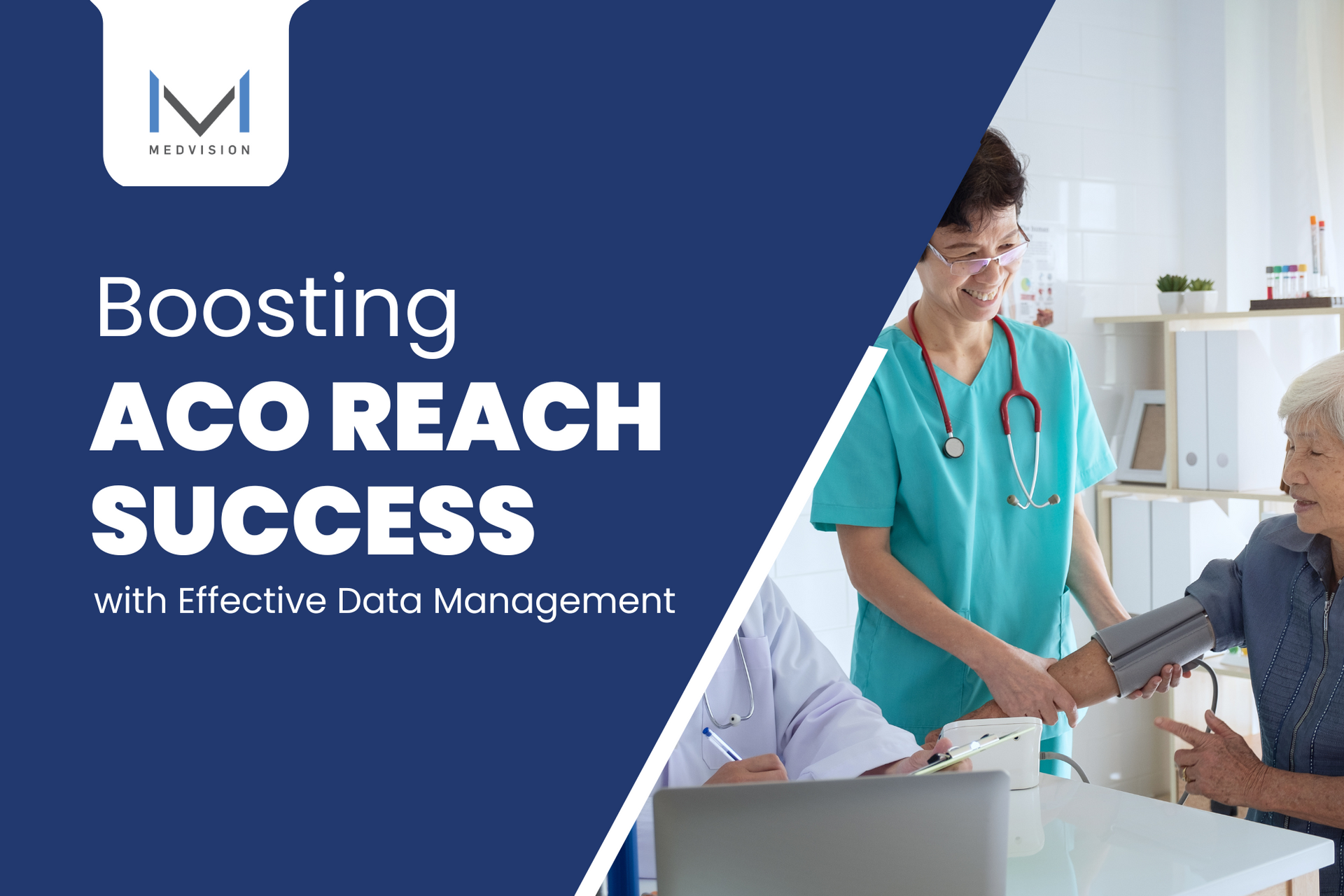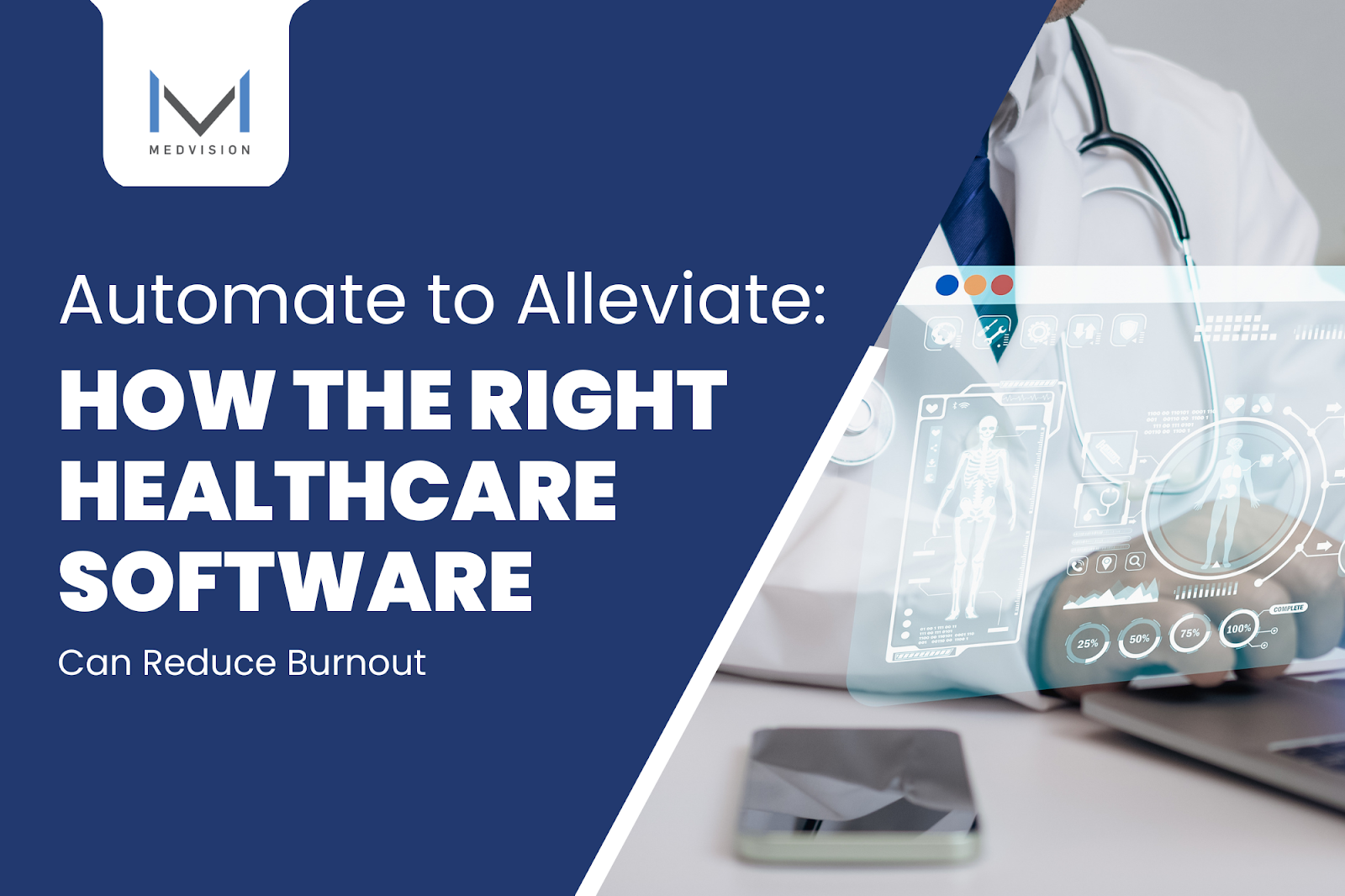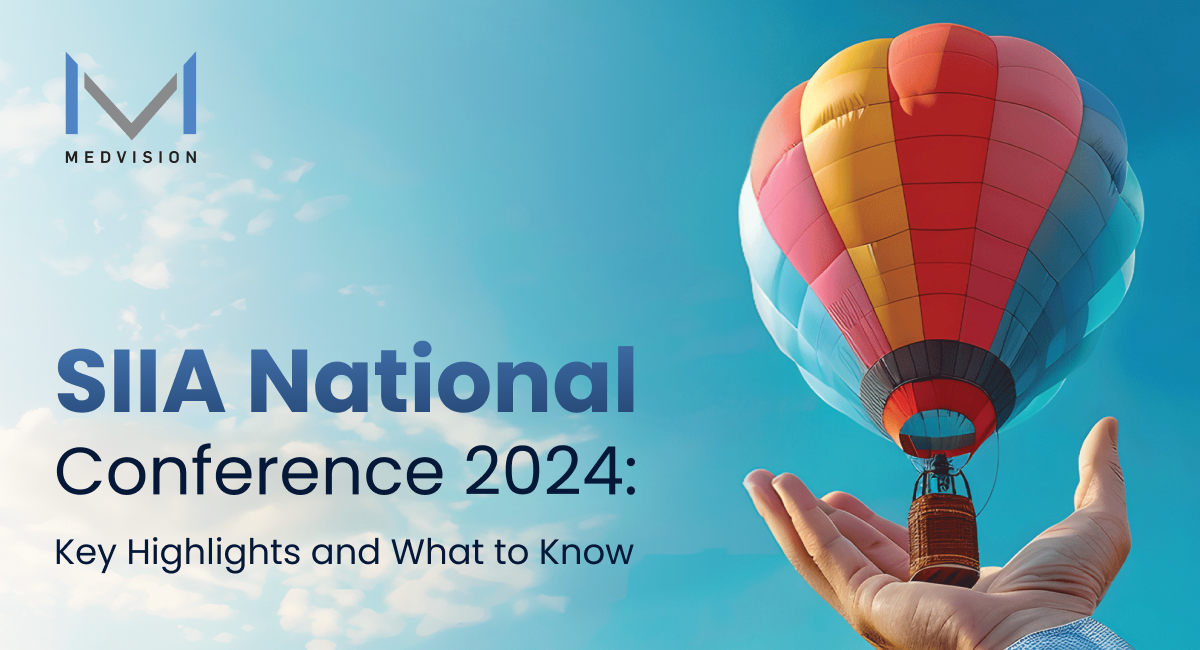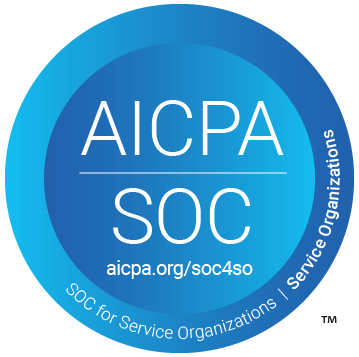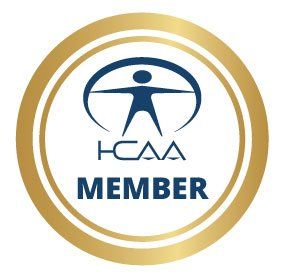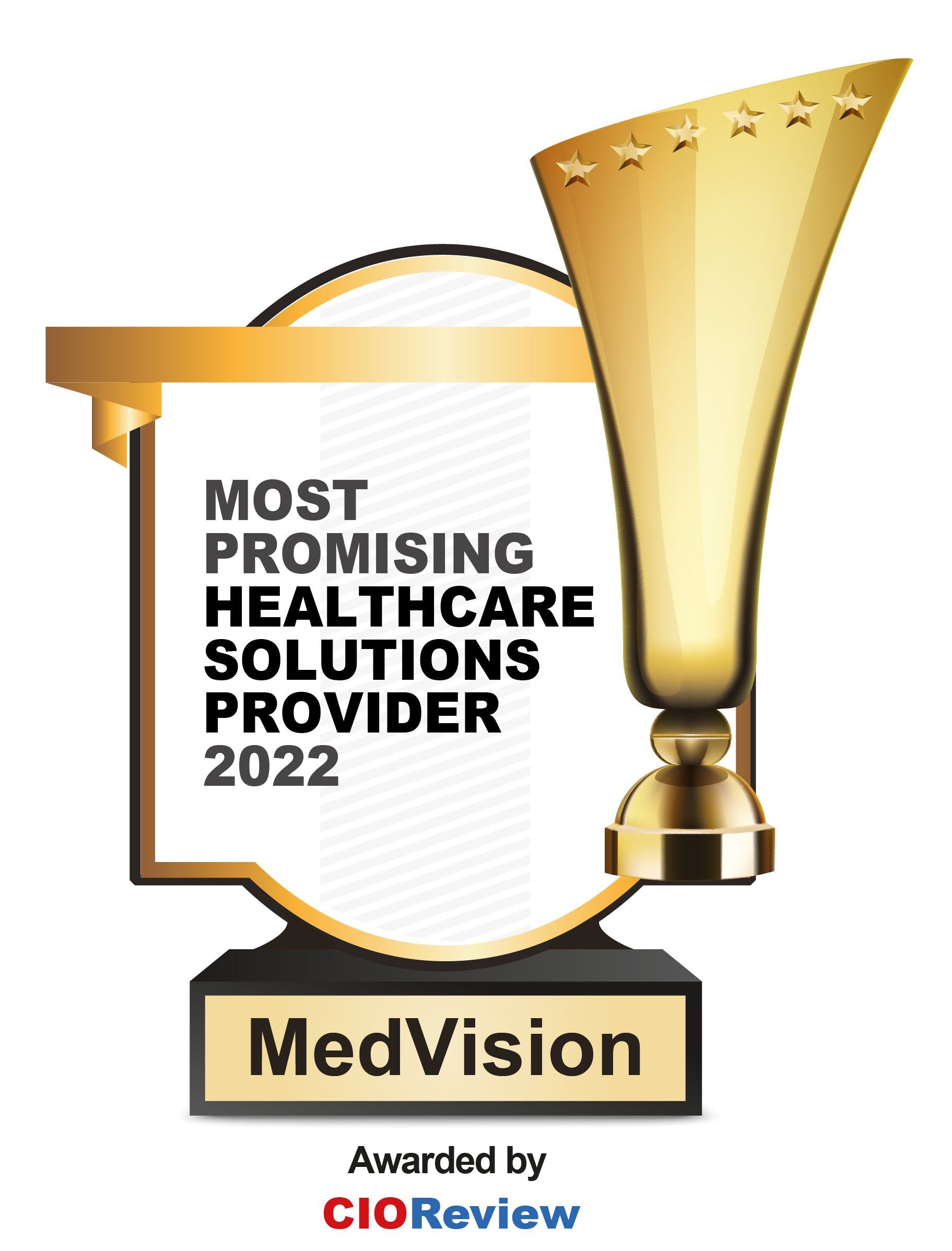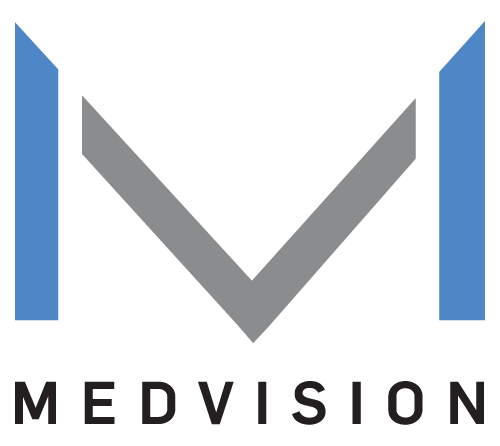Top 4 Health Equity Guarantees of Medicare ACO REACH
Affordable healthcare is more important than ever in light of the rising cost of living in today's economy. The Centers for Medicare and Medicaid Services (CMS) created the Accountable Care Organization (ACO) Realizing Equity, Access, and Community Health (REACH) model to make hospital care easier to get. The purpose of Medicare ACO REACH is to equalize access to clinical services for people of varying socioeconomic backgrounds. That is why CMS has set specific guidelines for the implementation of ACO REACH.

What Motivated the Development of ACO REACH?
The ACO REACH model is the restructured and improved version of the Global and Professional Direct Contracting (GPDC) model. The development of this system relied heavily on stakeholder input and participant experience. With this, CMS intends to address beneficiary protection and health equity monitoring concerns. That is why the Medicare ACO REACH model is the first of its kind to include rigorous, actionable health equity standards.
Succeed with the Four Health Equity Guarantees of Medicare ACO REACH
Several central features of this new model's development are focused on making healthcare better for both providers and patients. Taking on the responsibility of ensuring health equity is a tall order. Fortunately, Medicare ACO REACH has specific implementation policies that cover all of its bases.
1. Extensive Data Gathering
Each organization is responsible for identifying health inequalities within the populations they serve and devising strategies to address them. To do this, you need to find out about each population's age, gender, and other demographic characteristics. Quicker and easier results can be achieved with the aid of a robust data collection and tracking tool.
2. Outstanding Provider Leadership
A lot of organizations would like to take part in the ACO REACH model. One of its requirements is that an organization's governing body must include at least 75 percent of participating providers. This makes sure that the people making the most important decisions are the ones who know how to give care directly.
To ensure that only the best become the primary decision makers in your institution, appoint physicians with
high provider scores. A high provider score equates to a high number of incurred claims. The high volume of claims shows that these doctors see a lot of patients and do a lot of procedures. This means that they are the ones who are aware of the best ways to handle and deliver care.
3. Accurate Progress Monitoring and Reporting
Despite ACO REACH being an improvement to GPDC, it is still a new healthcare payment model. With that comes uncharted waters in terms of policies and implementation. CMS aims to be transparent about the progress of ACO REACH. They encourage the organizations that are taking part to keep good records so that development can be tracked.
Having extensive documentation of treatments and operations as well as resource allocations establishes transparency. This prevents inappropriate coding and risk score growth of patients. A systematic information repository that doubles as a progress monitoring tool will help you seamlessly oversee company activities.
4. Considerable Reward for Risk Assumption and Benchmarking
There are two risk-sharing options provided through ACO REACH. The Professional option offers a 50 percent risk-sharing rate and is less of a gamble. The Global option, on the other hand, offers a risk-sharing rate of 100 percent. Opting for the Global risk-sharing option means you take on full risk but also gain more savings. When you assume full risk, CMS receives a smaller cut of the savings generated. This enables ACOs with fewer resources to take part in ACO REACH without worrying about securing sufficient funding.
In addition to taking on full risk, there are benefits when you have a good record with CMS. One must go through thorough assessments before receiving a designated spending target and health equity benchmark. However, organizations in positive standing with CMS will gain flexible or even high health equity benchmarks. ACOs caring for the most vulnerable patients also
achieve a higher financial target and an adjusted health equity benchmark. When more institutions are able to meet a higher spending target, more clinical care will be available to underserved communities.

Complement Your Dynamic Operations with Comprehensive Technological Solutions
As an organization participating in Medicare ACO REACH, you may benefit from a robust administrative tool that aligns with your business goals. MedVision has spent decades developing integrated value-based healthcare administration technologies that improve operational efficiency. MedVision has designed QuickCap 7 (QC7) to be the premier partner in improving healthcare delivery. QC7 includes customizable features that you can use in the following processes:
View demographic information of large health populations.- Manage the risk adjustment factor (RAF) scores of members.
- Analyze the annual organizational data of providers.
- Generate thorough operational reports.
Implement a strategic change to optimize your ACO workflows today!
References:
1. David Pittman, C. B., D. P. BS, and C. G. ScD. “ACO REACH Brings Next Era of Medicare Payment Models.” AJMC, June 9, 2022. https://www.ajmc.com/view/aco-reach-brings-next-era-of-medicare-payment-models.
2. Accountable Care Organization (ACO) Realizing Equity, Access, and Community Health (REACH) Model | CMS. “Accountable Care Organization (ACO) Realizing Equity, Access, and Community Health (REACH) Model | CMS,” February 24, 2022. https://www.cms.gov/newsroom/fact-sheets/accountable-care-organization-aco-realizing-equity-access-and-community-health-reach-model.
3. Engineering National Academies of Sciences, A. M., H. A. Medicine Division, B. O. Population Health and Public Health Practice, A. Baciu, Y. Negussie, A. Geller, and J. N. Weinstein. “The Need to Promote Health Equity - Communities in Action - NCBI Bookshelf.” The Need to Promote Health Equity - Communities in Action - NCBI Bookshelf, January 11, 2017. https://www.ncbi.nlm.nih.gov/books/NBK425853/.
Recently published articles
Keep in touch
Subscribe to get the latest update
Trending topics
Share your insights on social media
Upcoming events and company news

